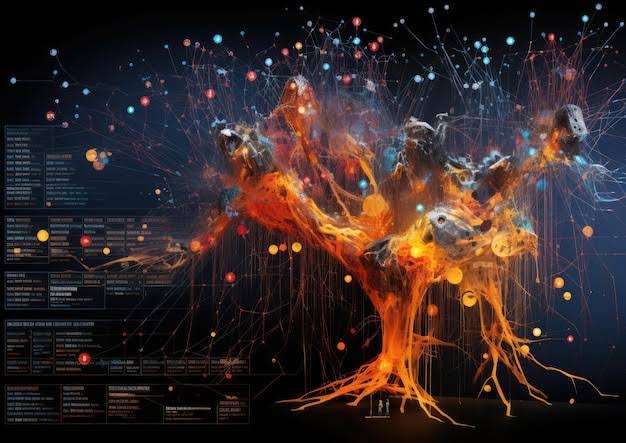Artificial intelligence is no longer a futuristic tool for cybersecurity — it’s becoming the battlefield itself. From predicting digital break-ins before they happen to autonomously defending networks, AI is redefining what it means to be secure in an age of perpetual cyber risk.
From Reactive Walls to Predictive Shields
For decades, cybersecurity has been a reactive science — patching holes only after intruders had slipped through. But as attacks grow more sophisticated, defenders are turning to artificial intelligence for foresight rather than hindsight.
AI-powered predictive systems use vast datasets, historical attack logs, and real-time network traffic to forecast vulnerabilities before they’re exploited. Machine learning models sift through patterns too complex for humans to parse, flagging anomalies that signal brewing threats. This shift marks the dawn of anticipatory defense — a discipline that learns, adapts, and pre-empts rather than simply endures.
Meta Under Fire After Deepfake Targets Ireland’s Leading Presidential Candidate
How Machines Learn to Fight Back
Modern AI cybersecurity tools rely on machine learning (ML), deep learning (DL), and natural language processing (NLP) to detect emerging threats.
An AI model trained on phishing email datasets can now identify malicious messages before an employee ever opens them. Others monitor user behavior and flag deviations — such as unusual logins or irregular file access — to expose insider threats. The same predictive algorithms simulate attacks, using adversarial machine learning to stress-test networks against the tactics of tomorrow’s hackers.
These systems not only identify known dangers but also evolve with them, continuously learning from each new data point. As attackers innovate, AI evolves faster — an arms race fought in milliseconds.
The Payoff: Proactive Defense and Precision
The promise of AI lies in its speed, scale, and self-correction. By analyzing terabytes of network data in real time, AI can pinpoint threats long before they metastasize into breaches. This proactive posture sharply reduces downtime, financial loss, and reputational damage.
Moreover, AI diminishes one of cybersecurity’s oldest liabilities — human error. Automated systems monitor, respond, and neutralize threats that once required large, overworked teams. And through collaborative threat-intelligence platforms, AI tools now share live data across industries, creating a kind of crowdsourced vigilance that keeps global networks synchronized against shared enemies.
The Fault Lines: Data, Bias, and the AI Arms Race
Yet, predictive cybersecurity is far from foolproof. False positives can overwhelm analysts, eroding trust in the systems meant to help them. AI’s hunger for data raises serious privacy and compliance issues, while the sophistication of attackers ensures that automation cuts both ways — hackers, too, are deploying AI to breach AI.
Perhaps most critically, these models are only as strong as the data they digest. Biased or incomplete training sets can leave blind spots wide enough for intruders to slip through.
The future of AI in cybersecurity will depend not only on faster algorithms but on ethical design, cross-sector collaboration, and the resilience of the humans behind the code.


